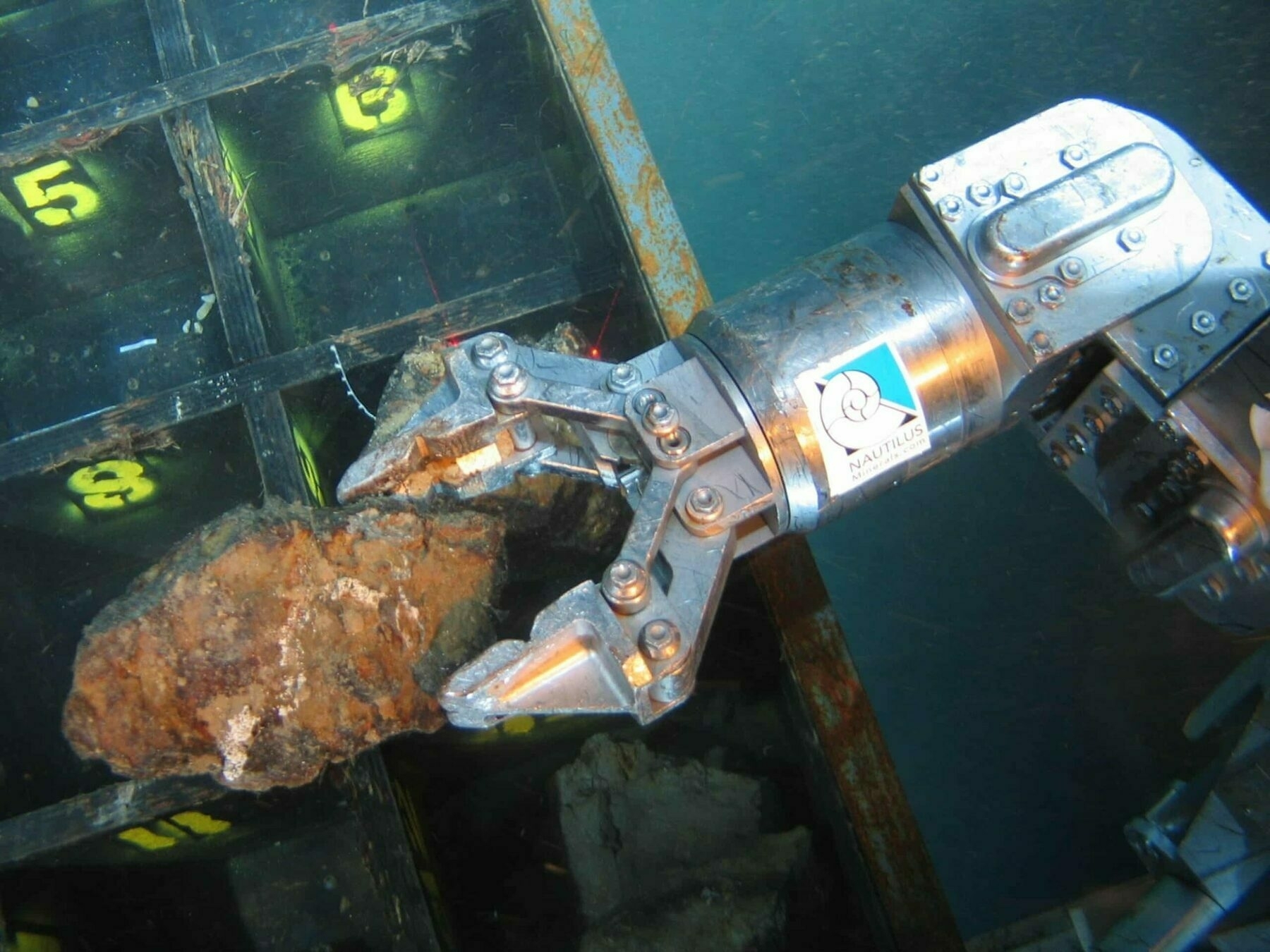You'll be hearing a lot more about nodules
It was only this year that I first heard about nodules, rock-shaped objects formed over millions of years on the sea bed which contain rare earth minerals. We use these for making batteries and other technologies which may help us transition away from fossil fuels.
However, deep-sea mining is, understandably, a controversial topic. At a recent summit of the Pacific Islands Forum, The Cook Islands' Prime Minister outlined his support for exploration and highlighted its potential by gifting seabed nodules to fellow leaders.
This, of course, is a problem caused by capitalism, and the view that the natural world is a resource to be exploited by humans. We’re talking about something which is by definition a non-renewable resource. I think we need to tread (and dive) extremely carefully.

What’s black, shaped like a potato and found in the suitcases of Pacific leaders when they leave a regional summit in the Cook Islands this week? It’s called a seabed nodule, a clump of metallic substances that form at a rate of just centimetres over millions of years.Source: Here be nodules: will deep-sea mineral riches divide the Pacific family? | Deep-sea mining | The GuardianDeep-sea mining advocates say they could be the answer to global demand for minerals to make batteries and transform economies away from fossil fuels. The prime minister of the Cook Islands, Mark Brown, is offering nodules as mementos to fellow leaders from the Pacific Islands Forum (Pif), a bloc of 16 countries and two territories that wraps up its most important annual political meeting on Friday.
[…]
“Forty years of ocean survey work suggests as much as 6.7bn tonnes of mineral-rich manganese nodules, found at a depth of 5,000m, are spread over some 750,000 square kilometres of the Cook Islands continental shelf,” [the Cook Islands Seabed Minerals Authority] says.